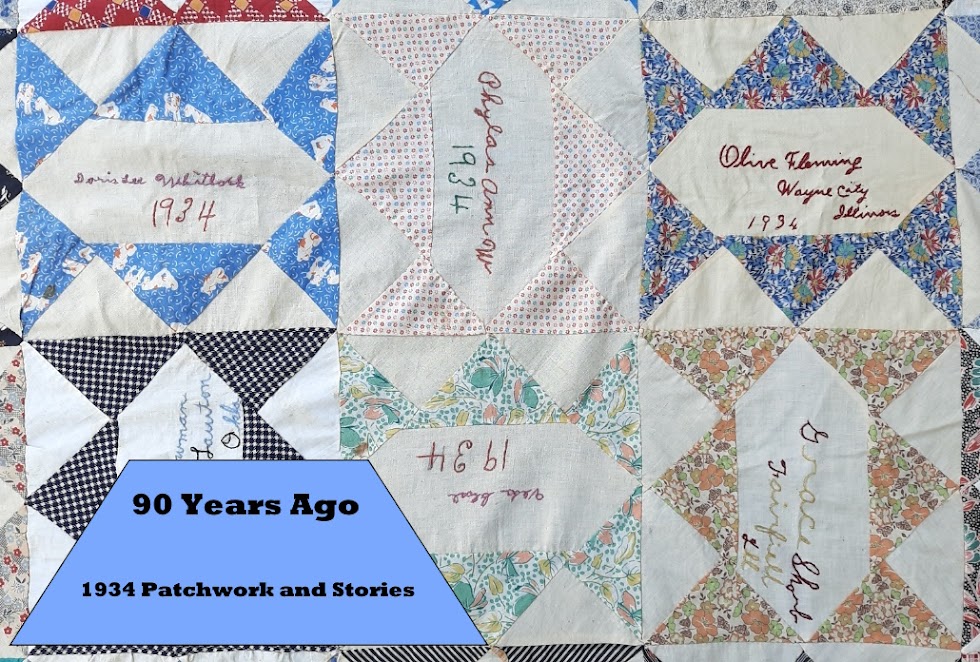Woman and Home was an English magazine and this copy is from April 1942. Every advertisement and article reminds the reader that food rationing and clothing coupons are top priorities when managing the household budget.
Sewing features are making over current clothes for children and growing girls, and patterns designed for economic use of long-lasting material.
When you think of food rationing you automatically think of the poor consumer. But what about the manufacturing company that still wants to have a strong customer base when the war is over? The marketing ploys are remarkable.
 | ||
| "When you do get Pond's Creams, you will, naturally, try to use them as sparingly as possible." |
 |
| "Any way, we can thank the war for giving us the crispbread habit." |
 |
| "Madam, our plant works seven days a week at full capacity. And so we plead for patience." |
 | |
| "Until Stork Margarine is again available, let the Stork Margarine Cookery Service solve your wartime cooking problems." |
The stand out advertisement for me was near the back of the magazine. I have been looking for this product but this is the first time I have found it advertised. Here is the rather cryptic ad copy.
"The married woman who undertakes wartime service must be free
to continue her duties without a break. Gynomin Antispetic Tablets".
Have you figured it out? When you bought Gynomin at the pharmacy you could also get a plain wrapped booklet on Planned Parenthood. Before the Pill household disinfectants were promoted as contraceptives. They didn't actually work (but that didn't stop the marketing.)








